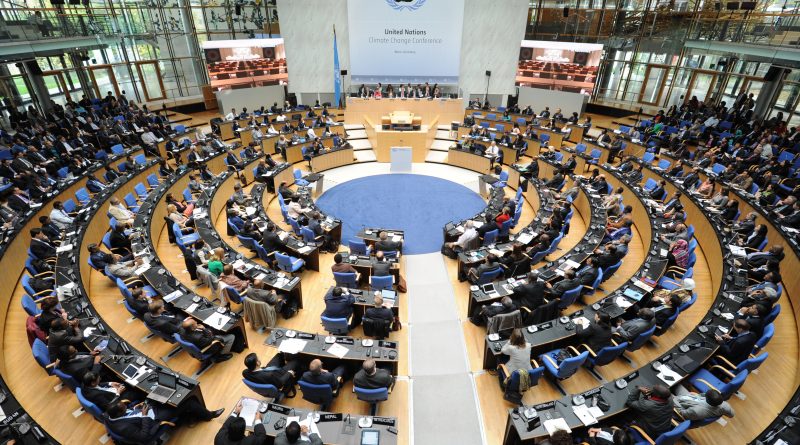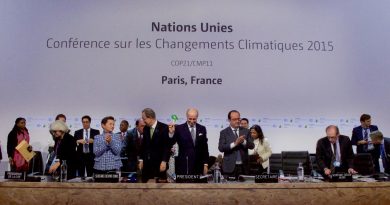COP27 Was Doomed Before It Started
Megan Gawron
Editor-in-Chief
The 2022 United Nations Climate Change Conference (COP27) ended on November 20 without much to show for the delegates’ efforts. The United Nations lauds the agreement upon a “loss and damage fund” for low-income countries impacted by climate change as the conference’s crowning achievement. While the step is undeniably positive, The Economist reminds that impacted nations, particularly island countries, have called for this since the 1990s. COP27 ended 30 years behind where it should have begun.
According to The Economist, delegations at COP27 reaffirmed their commitment to preventing global temperatures from increasing 1.5 degrees Celsius above pre-industrial levels. Delegations first promised to take action to prevent this in 2015 at COP21 in Paris, but to little avail. In 2015, temperatures rising that much seemed out of the picture. Now, the UN warns that there is a 50 percent chance the world rises above that threshold before the end of 2026. With a consistent failure to adhere to their previous promises, it almost seems unfair to expect the delegations to have made a difference at this year’s conference.
COP27 was doomed to fail long before the conference started at the beginning of November. France24 reminds that climate activists have been quick to call the entire process ineffective, arguing that the process is exceedingly slow and that nearly 30 years of conferences has yielded almost no tangible results.
The countries most impacted by climate change—like Antigua and Barbuda, one of the most vocal supporters of a loss and damage fund—frequently find themselves unable to influence delegations from wealthy nations, which largely control the conference. So when The Guardian reports that Swedish climate activist Greta Thunberg refused to attend COP27 because of what she sees as blatant greenwashing and “an opportunity for leaders and people in power to get attention,” it is hard to disagree with her assessment.
At COP26 in Glasgow last year, the United States and the European Union introduced the Global Methane Pledge to lower methane emissions and keep the Paris Agreement promises alive. However, France24 continues that accountability and follow-up were all but nonexistent after the conference. Each year, COP runs on promises. Each year, they prove empty. Run under the UN, COP has no mechanism to enforce agreements. With countries on their own to implement change, it is no wonder why change has not been achieved.
There has been no shortage of ambitious promises from global climate conferences, which always seem well intended. In 2009, global leaders promised to provide $100 billion in climate aid to developing countries every year starting in 2020. This is not dissimilar to the sentiment of the loss and damage fund agreed upon this year. However, the OECD shows that the world has put together only around $80 billion a year, $20 billion short of the 2009 promise and $260 billion short of the estimated $340 billion needed to make a difference. With leaders unable to fulfil the financial promise made to developing nations over a decade ago, why should they be expected to come through on funding for the loss and damage fund?
Global climate conferences have always suffered from many of the criticisms outlined here, but COP27 proved worse than most. Of the 110 leaders present at COP27, only seven were women—marking one of the lowest concentrations ever of women at COP, according to BBC News. Unsurprisingly, this marks a failure of yet another promise: in 2011, delegations promised to increase female participation at future COP’s, acknowledging that women are disproportionally impacted by climate change and need to have their voices represented.
COP27 was meant to focus on reducing emissions and preparing for climate change. To an extent, it did. However, without any way to ensure the results of these talks will be actualized, COP27 was much like our changing climate: full of hot air.
Image courtesy of UN Climate Change



